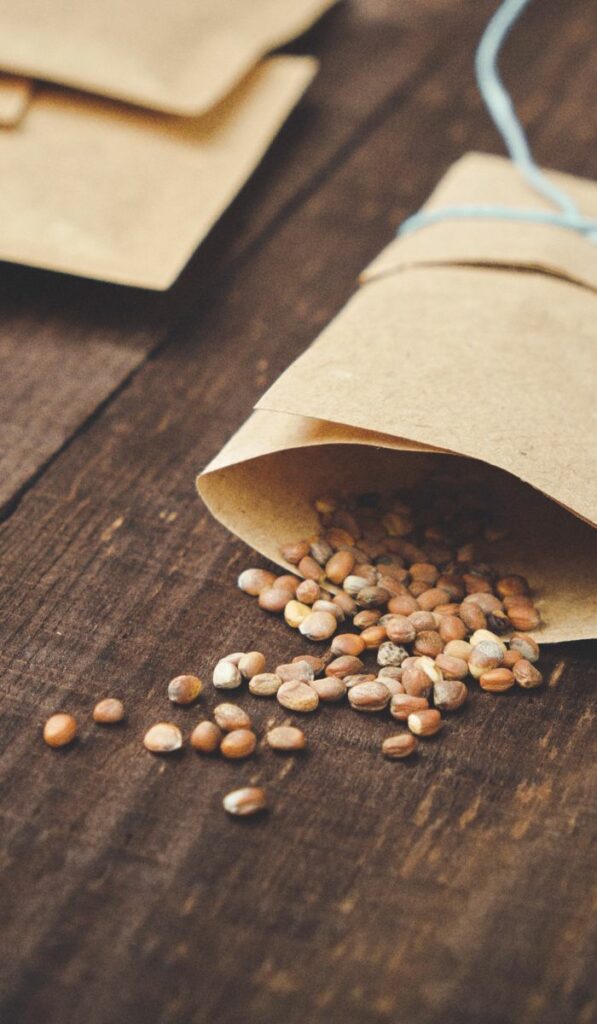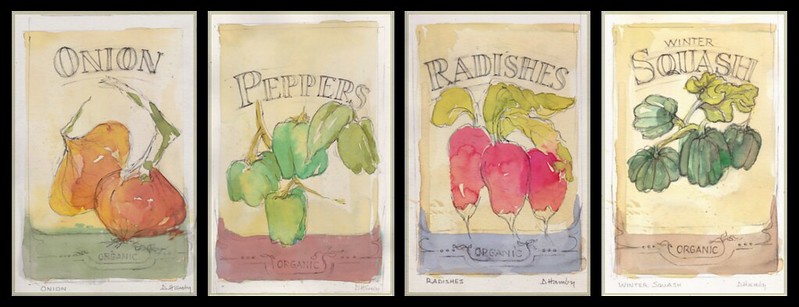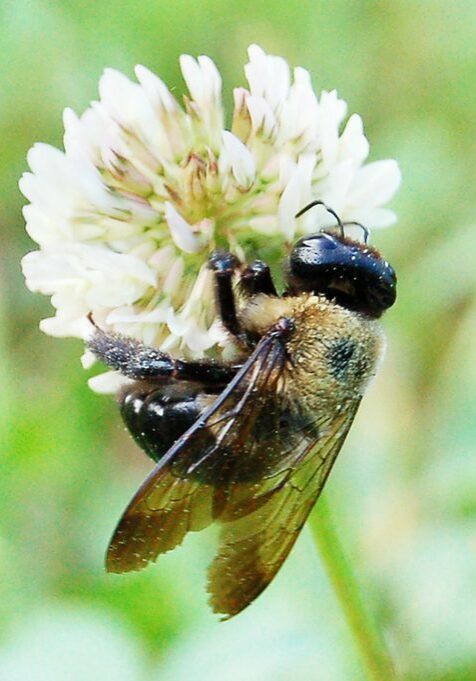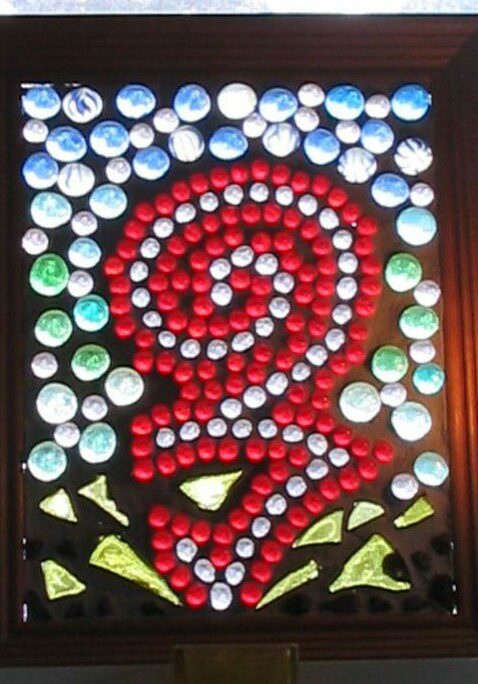Gather seeds and friends and host an herb swap this year to help build community and share the wealth between everyone's garden!

It is not quite spring now – in fact, it’s frigid outside as we shiver through an arctic blast here in western North Carolina. The ice-laced windows and glittering grasses outside have not deterred me from my springtime optimism, though. Once it gets a smidgen warmer outside, we’ll start up a few plastic jugs to make mini-greenhouses full of broccoli, lettuce, and kale babies! I have some winter-sowing seeds left over from a seed swap that I hosted in my home last year, and I’ve been waiting to try them out.
If you’ve never been to a seed swap, you’re missing out! These gardening get-togethers are a lot of fun and a great way to get in touch with a community of growers. If you can’t find one happening soon in your area, maybe you could host one yourself.
Why should I host a seed swap?
Seeds can be found everywhere – wild seeds are abundant in nature and you can find garden seeds as cheap as 4 for $1 at discount shops. There are seed companies that send catalogs all winter long to inspire our gorgeous garden visions. What is so great about a seed-swapping event?
A seed swap can be more than just a place where people bring and exchange their plant and flower seeds, although that is the main goal. Another important part of an event like a seed swap is the chance to nurture a network of local, like-minded garden folks. When you make acquaintances who also like to garden, it gives you the chance to share more than seeds. A community like this can call on each other to help with heavy-duty tasks now and then, like moving something big, sharing equipment, harvesting produce, and processing those harvests for storage.
Who should you invite to a seed swap?
Invite gardeners whom you’ve swapped veggies with, that awesome friend on social media who lives nearby and grows magnificent roses, and maybe that person in the community who works with food banks and knows what to do with excess produce and seeds. Oh, but don’t forget the most important people – the newbies who might not have seeds to share. Introduce them to a plant-wise community that can share the abundance of seeds and knowledge to help them start growing!

When is a good time to host a seed swap?
There are two times a year that are the best for seed swaps – early spring and late summer. These dates might vary depending on the climate of your area, but for me, that means late March and late August.
Spring seed swaps are the perfect time to exchange seeds that can be sown during spring and summer. It’s also a balm for the soul to gather with friends to enjoy the lengthening days and admire the bulbs and other early spring delights. Celebrate the warmth and shake off the winter together!
Seed swaps in late summer or early autumn are ideal for sharing seeds for fall and winter planting, plus people might have a lot of extra seeds from processing their summer garden harvests. Share garlic and onion bulbs to propagate, consider garden greens that can overwinter well, and discuss winter sowing techniques that work well in your area so you can have fresh food all year round!

Where can I host a seed swap?
You should consider your location carefully before inviting people to your seed swap. You can host small events in your home if you are comfortable with that. If that won’t work for you, reach out to your local library and ask if they have an available event space – most of the time, they do and it doesn’t cost anything to use! Some garden and plant centers might be willing to let you use their space as it could bring in potential customers, but others might feel that it infringes on their bottom-line finances. Think big and don’t be afraid to ask around your local community for assistance!
Don’t forget to be a good neighbor, though. Seed swaps can get messy, especially if people bring bulbs or even potted plants to share. Dirt spills, seeds spread, and whether you mean to or not, a mess is likely to be made. Stay and help clean up, especially if you are using someone else’s space to host the event.
What do I need to bring to a seed swap?
Seeds, of course! Ask your attendees to bring their seeds in well-labeled bags or jars that are easy to read. You might also want to mention that you want people to be confident in the viability and quality of the seeds they are bringing to share. Seeds can last for a long time in good storage conditions, but some gradually lose their viability over time so fresher seeds might be better.
Empty containers or bags are important. Ask your swappers to bring their own, but it is worth it to get a box of small snack bags to have on hand. Anything works from baggies to baby food jars or other small containers. You could even fold your seed packets out of old magazines or newspapers!
Scoops or spoons are useful, especially if people bring large quantities of seeds in jars or bags.
Don’t forget labeling! You’ll need masking tape or labels and markers or pens. Labeling is important so that you remember the important details. Write down sowing dates and other details if you can, as well as the name of the plant seeds.
Making your Seed Swap Fancy
This part is optional, but when I host in-home sweed swap parties, I like to make it a tea party or snacky potluck event. Folks who came to last year’s seed swap tea party brought blueberry lemon cheesecake, charcuterie boards, cakes, breads, and their favorite teas to share. It is a lovely way to spend a few hours and not too much work to put on if everyone chips in!
Resources & References:
- How to Save Seeds: From Harvesting to Using Them – The Herbal Academy
- How to Host a Seed Swap – Southern Exposure Seed Exchange
Get updates from Pixie's Pocket: brewing and herbs in your inbox:
Tagged: community, community herbalism, DIY projects, friends, garden, gardening, networking, seed swap, seeds
Amber Shehan
Hi! I'm Amber Pixie, and this is my site. Enjoy the recipes, information, posts, and please feel free to message me if you have questions!






